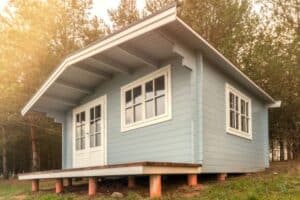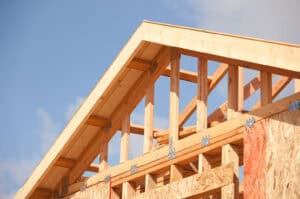We often work with our clients to create a successful phasing program, being careful to annex common areas at the right time, allowing us to avoid spikes in HOA dues. Being able to plan for the eventual addition of specific common improvements to the HOA helps to avoid “front loading” the association with heavy improvements in the early phases, necessitating a developer subsidy -resulting in even more cash outlay for the developer.
Creating phased common area does require a little extra attention to HOA details:
– The HOA Manager should be included in the phasing program, so they understand what the maintenance responsibilities are of the HOA
– The HOA insurance policy should only include the specific common areas owned by the HOA; not the entire project. In this regard, the insurance program also becomes phased, with (insurance) policy fees gently rising as common areas are added.
– Utilities should be monitored to ensure that the HOA is not being billed for the future improvements that have not been annexed to the HOA yet. For example, if the streets are retained by the developer until a later phase, the HOA should not pay for the street light electricity. Another example is water billing. If there is a park in a future phase, the water should be billed to the developer until the park is turned over to the HOA. If the invoices do end up going to the HOA, an astute manager should turn them over to the developer for payment.
A meeting with the development team, the marketing team, and the HOA Manager early on will help to avoid issues after the initial sales have been made and closed. Restructuring the phasing program may be difficult to achieve once public reports have been issued and sales have begun.
Please call our office if you have any questions or would like a consultation on your next project!








